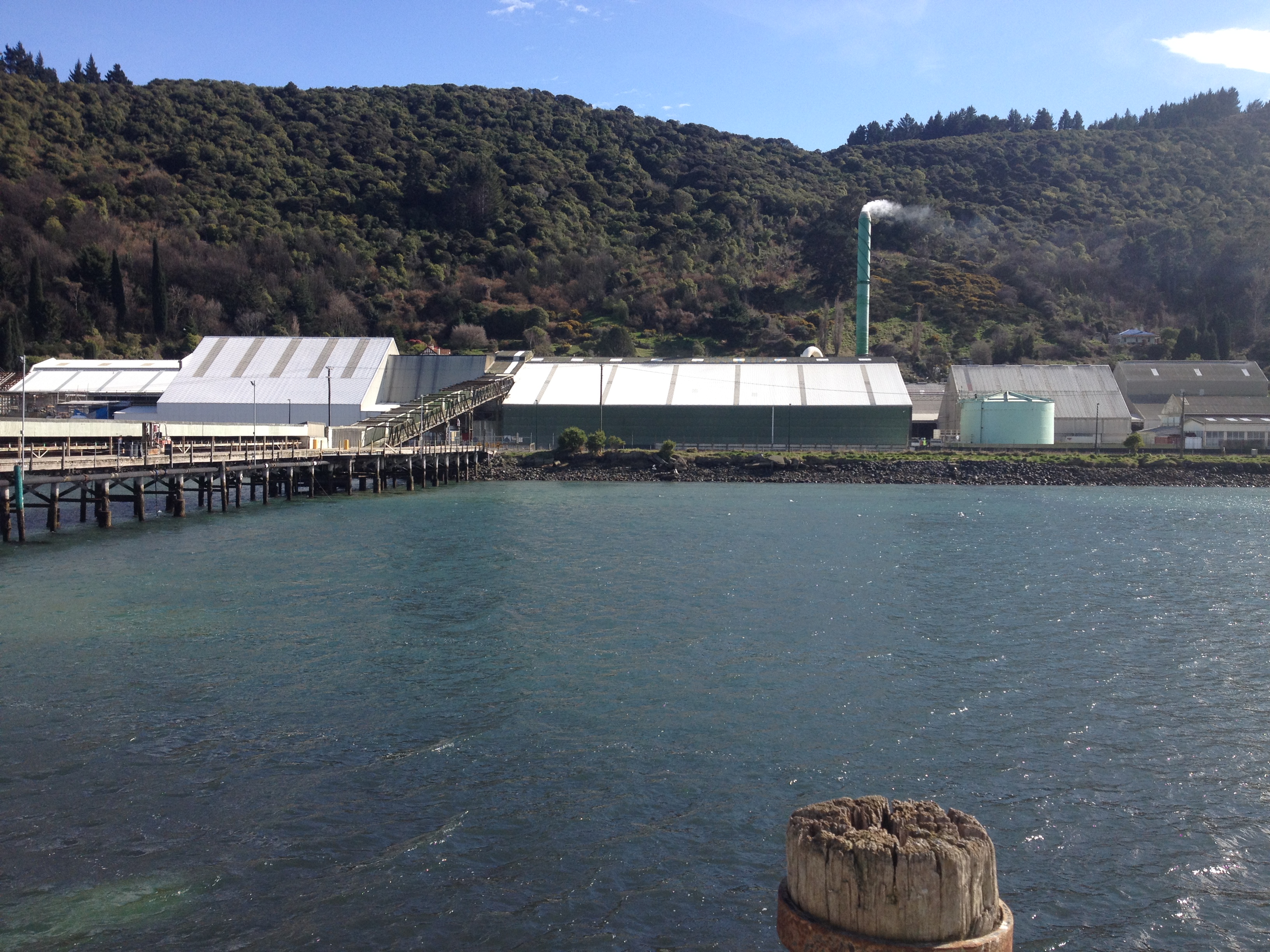Dunedin Works
Activities at the Dunedin Works site include:
- the receipt of bulk raw materials and finished fertilisers
- the production of sulphuric acid
- the production of superphosphate and other manufactured fertilisers
- the storage, sale and distribution (despatching) of fertilisers.
The major processes undertaken on the site are the manufacture of sulphuric acid and superphosphate. Both processes require water for cooling or gas scrubbing, giving rise to discharges to air and to water.
Activities involving the discharge to air are authorised by the Otago Regional Council under air discharge permit 2004.143 (2005) which stipulates performance standards for the discharges and air quality standards for the receiving environment. Activities involving the discharges to the Coastal Marine Area (the Otago Harbour) are authorised by the Otago Regional Council under coastal permits 2004.144 – 2004.155 and 2004.157 (2005) and RM12.502.01 and RM12.502.03 (2013). The consents stipulate standards for the discharges and water or air quality standards for the receiving environment. They require a comprehensive programme of monitoring of discharges at the source and of their effects on the receiving environment.
Process Description:
The activity undertaken by Ravensdown at its plant at 102 Ravensbourne Road, Dunedin, is the manufacture, storage and sale of fertilisers. The various steps involved are set out in the block diagram below. Detailed descriptions of the various processes are set out on the following pages.

Bulk Material Intake
Storage
Sulphuric Acid Plant
Phosphate Rock Grinding
Superphosphate Plant
Product Storage and Despatch Plant
Stormwater
General Site Activities
These activities primarily involve the movement of vehicles around the site including:
- trucks calling at the site to unload or load fertiliser
- front end loaders transferring fertilisers or raw materials
- forklifts
- service vehicles such as light trucks or cranes
- private cars belonging to employees or to visitors.
Routine vehicle movements on the Works site are carried out on hard sealed surfaces. Nevertheless, in transferring fertiliser from storage to the despatch plants by front-end loader, some spillage may occur. Similarly, spillage can occur from poorly sealed truck decks. Any spilled material can be ground to dust by vehicle wheels. The passage of large vehicles, even at relatively slow speeds can suspend the dust, which can then spread beyond the immediate area. Wind may also pick up dust from open areas and carry it for some distance.
To minimise the potential for wind blown dust, the hard sealed surfaces around the Works site are swept. During periods of rain, sweeping is not possible and any spillage or material tracked onto the site by vehicle wheels cannot be cleaned up. As the sealed areas dry, they are particularly vulnerable to fugitive dust discharges.
The wheels and chassis of trucks leaving the site are washed with fresh water in a dedicated truck wheel wash system to reduce the carryover of material onto public roads. There is a car rinsing system available for employees and visitors to wash their vehicles. Generally one of the front-end loaders are washed with water at the loader bay facility each day.





 filed in early 2025. Your feedback and participation are welcome as we navigate this process together!
filed in early 2025. Your feedback and participation are welcome as we navigate this process together!